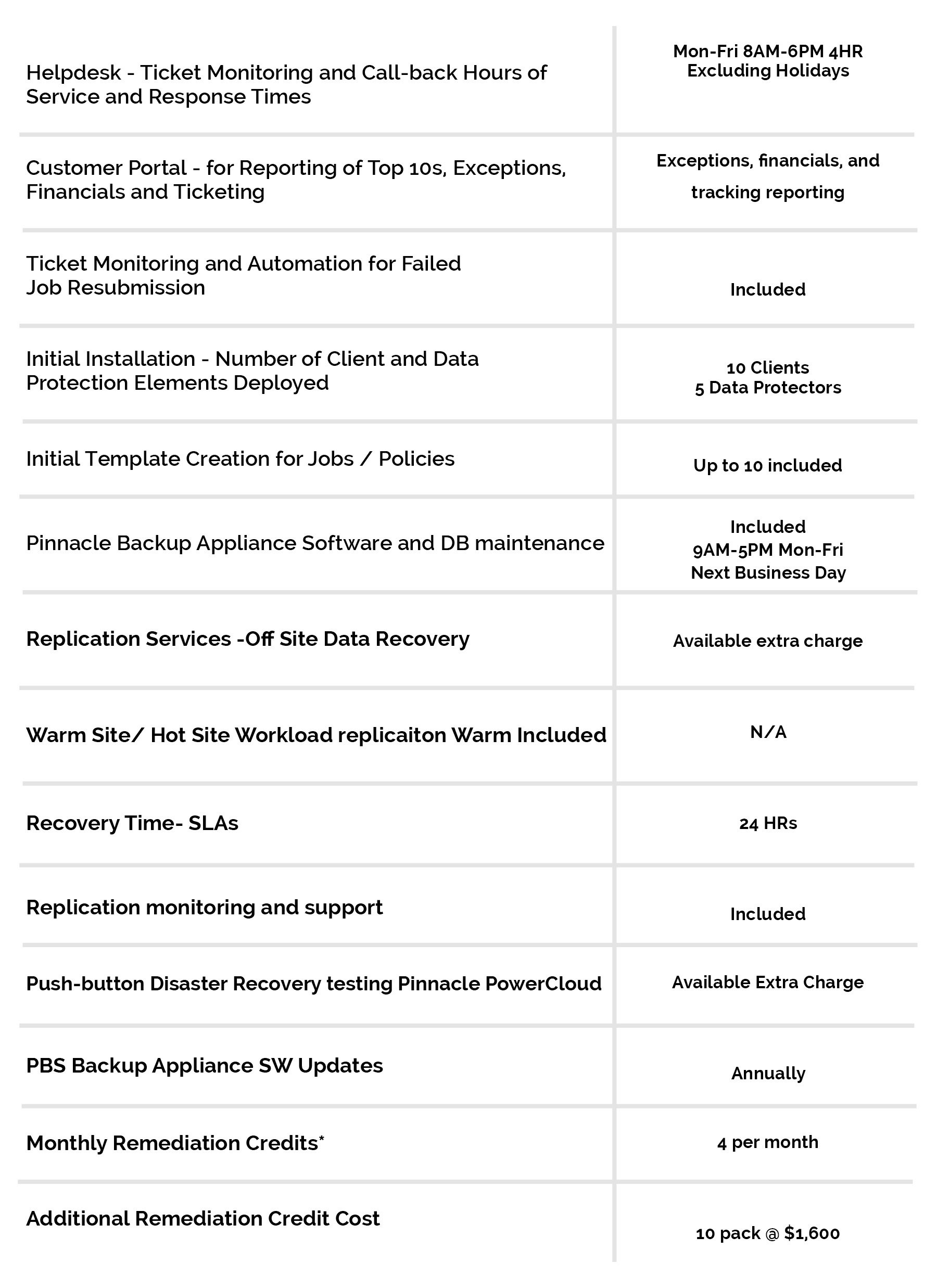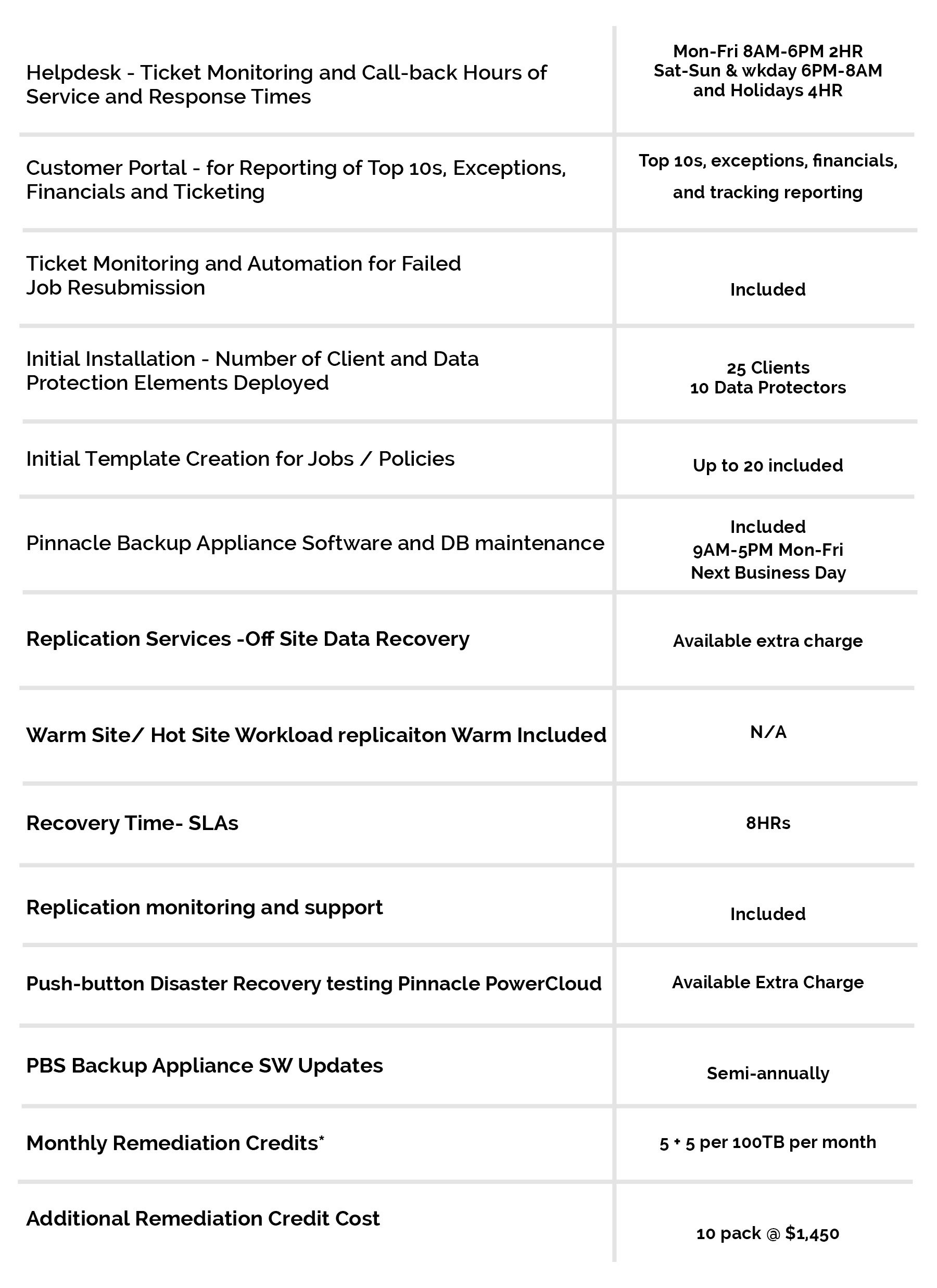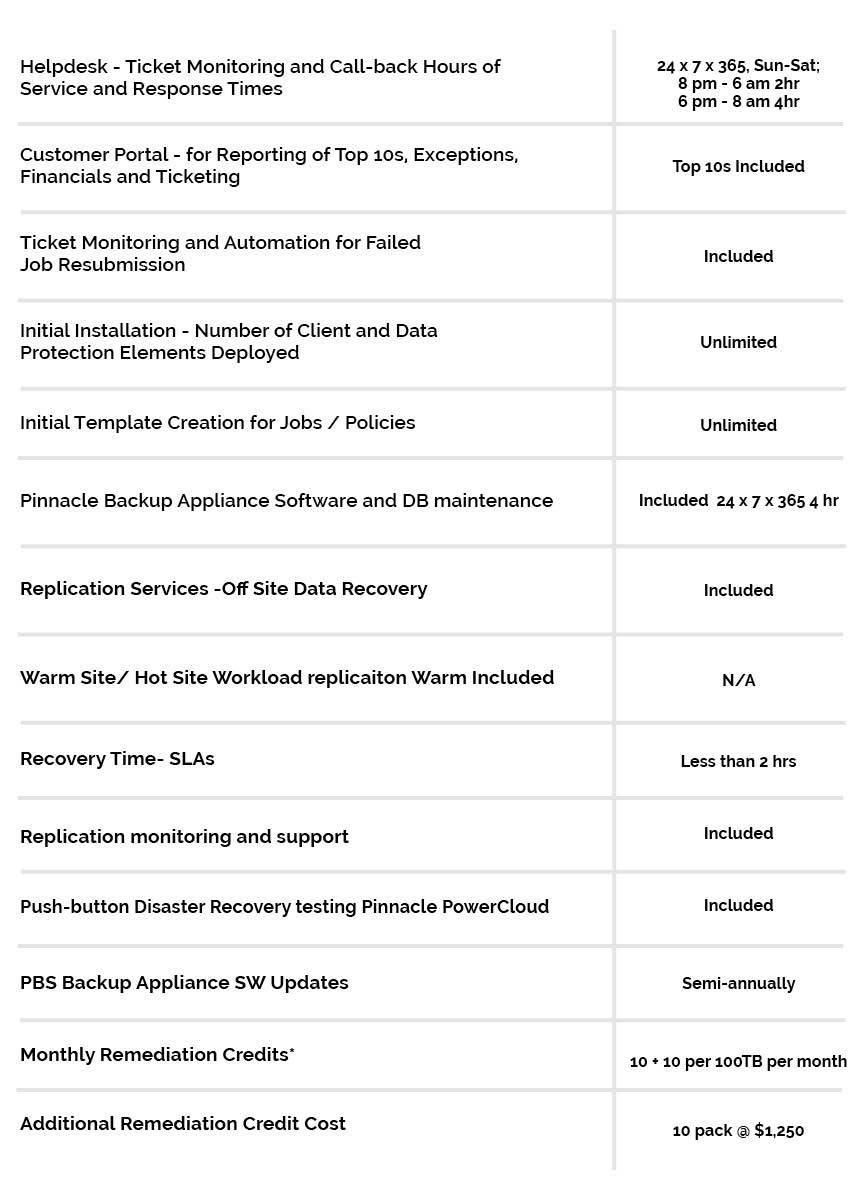20 Feb Is your Unified Communications solution complete?
Unified communications (UC) solutions are now an integral part of corporate infrastructure, enabling employees to connect and engage with enterprise resources supporting their productivity. Currently, unified communications and collaboration are poised to become a $57 billion market by 2024.
As TechTarget contributor Blair Pleasant pointed out, though, unified communications isn’t just a singular solution or platform – this technology includes an array of tools and features, and not every UC option is the same.
In this spirit, it’s time to take a look at your own UC solution and ask – Are my UC capabilities missing anything?
Defining unified communications
Despite their importance and increasing prevalence in companies of all sizes, there’s still a bit of confusion as to what UC technology actually is. As Pleasant noted, UC allows businesses to manage a range of communications tools and applications across different endpoints, and integrate these with other critical enterprise applications and systems.
“UC integrates real-time and non-real-time communications with business processes and requirements based on presence capabilities, presenting a consistent unified user interface and user experience across multiple devices and media types,” Pleasant wrote. “UC enables people to connect, communicate and collaborate seamlessly to improve business agility and results.”
While UC systems may differ from one business to the next, there are a few key features that every UC solution should include, such as:
Voice, video and messaging support
For many organizations, technologies like high definition VoIP, video conferencing and instant messaging represent the building blocks of their UC system. These features are must-haves, allowing employees to easily connect with each other via the channel that is most appropriate and most suitable for the purpose at hand.
In addition, expanding messaging with presence capabilities can bolster efficiency and value – employees can view the status of their co-workers and make the best decisions about which communication channel to utilize.

Screen sharing is a powerful capability for geographically-dispersed workers.
Email and screen sharing
Email is also considered a cornerstone of UC systems today and is typically packaged with messaging and presence capabilities. This creates a robust and unified interface for employee use.
Screen sharing and file sharing are hugely beneficial, adding real-time collaboration capabilities wherein workers can view changes or adjustments to shared documents and other assets as they take place. In this way, even when staff members aren’t in the same physical location, they can still effectively collaborate and remain productive.
Mobility: Cloud support
In the current business environment where employees typically leverage two or more devices for work, it’s crucial to have UC support for these endpoints. Particularly within organizations that enable remote or telecommuting options, cloud-based UC solutions that can be accessed by mobile devices from nearly any site with an internet connection are essential.
While this only scratches the surface of available UC features, if your systems are currently missing any of these important platforms, it’s time for an upgrade.
No UC system is complete without the expert support of an industry-leading technology provider. To find out more, connect with Pinnacle today.





